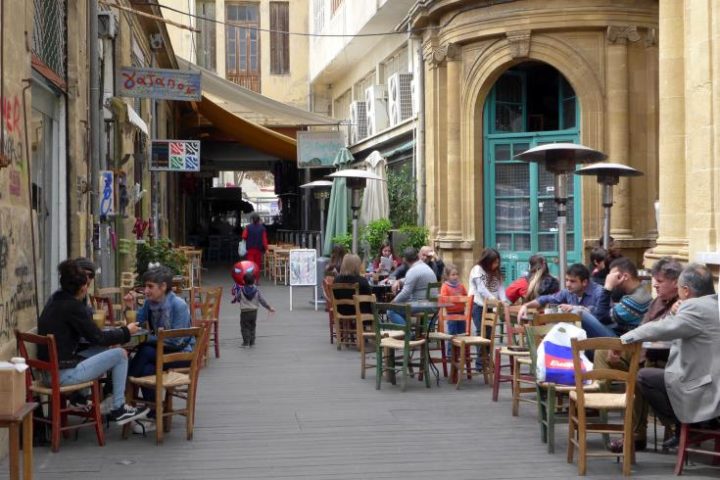Euro zone labour costs grew in the third quarter on the back of higher wages in industry, data showed, but the expansion slowed compared with the second quarter in a sign that rising unemployment is taking its toll.
Total hourly labour costs in the 16-country euro currency area rose 3.2 percent year-on-year in July-September after an upwardly revised 4.3 percent gain in the previous three months, the European Union's statistics office said.
"Clearly, markedly higher and rising unemployment across the euro zone diluted workers' bargaining power and exerted increasing downward pressure on wages in the third quarter," said Howard Archer, economist at consultancy IHS Global Insight.
Euro zone unemployment remained stable at an 11-year high of 9.8 percent of the workforce in October, showing the labour market has yet to feel the effects of nascent economic recovery.
"In addition, deflation/low inflation further undermined the case for significant pay increases," Archer said.
The euro zone returned to price growth in November after five consecutive months of falling consumer prices.
Of the hourly labour costs, wages grew by 3.1 percent, a slowdown from 4.2 percent in the previous quarter, Eurostat said.
Other costs, which include employers' social contributions plus employment taxes, rose 3.6 percent year-on-year, down from growth of 4.6 percent in the second quarter.
The continued rise in labour costs at a time of increasing unemployment results from wage deals struck in 2008, before the global credit crunch became a full-blown crisis with the fall of Lehman Brothers in September that year.
UNEMPLOYMENT TO LIMIT GROWTH
While healthier wages should help household demand and support economic recovery, economists said the higher jobless rate was likely to limit wage growth sharply in the near term.
"Although there are some signs that unemployment is not rising as fast as it was before … it will be a very long time before wage growth starts to pick up again," said Jennifer McKeown, European economist at Capital Economics.
"In fact, we think it will probably fall very sharply in the coming quarters and may even reach zero," McKeown said.
The highest increases in hourly labour costs arose in Finland and Germany — 6.2 percent and 4.8 percent respectively, followed by Spain and Portugal with 4.7 percent each.
In the entire 27-country European Union, labour costs fell only in the three Baltic states — Estonia, Latvia and Lithuania. Those countries are not part of the euro zone.
Labour costs in industry rose 5.4 percent in the third quarter, down from 6.1 percent in the second. Wages rose 5.2 percent and other costs 5.9 percent.
Labour costs in construction rose 2.9 percent, of which wages went up 2.9 percent as well.
The biggest slowdown in labour cost growth came in the services sector, which produces more than two thirds of the single currency area's gross domestic product.
The services sector's labour costs rose only 2.0 percent against 3.5 percent in the previous three months, and wages grew by 1.9 percent.







